How to Read a Windsock
Pilot Institute
JANUARY 3, 2025
Have you ever wondered how pilots determine wind direction and speed at a glance? If youre preparing for takeoff, navigating an approach, or landing at an uncontrolled airport, knowing how to read a windsock can give you quick wind information. A windsock is an essential aviation tool that helps pilots make safe decisions.


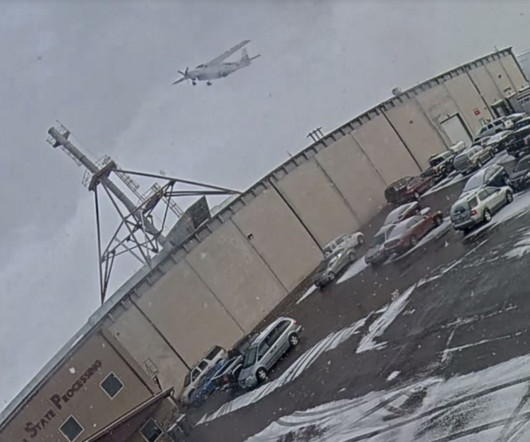




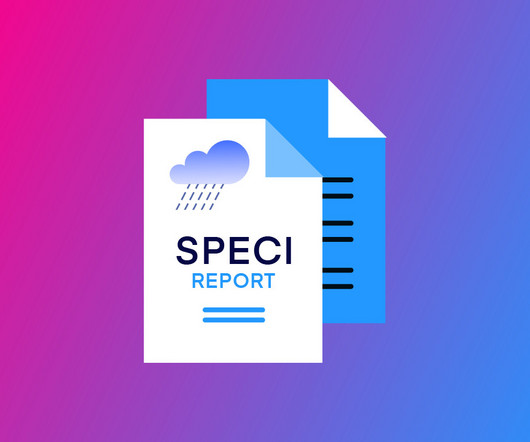
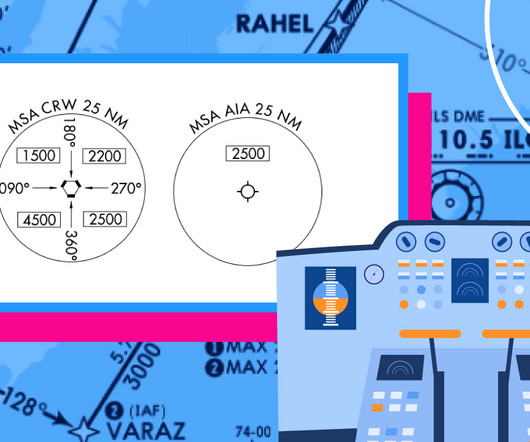

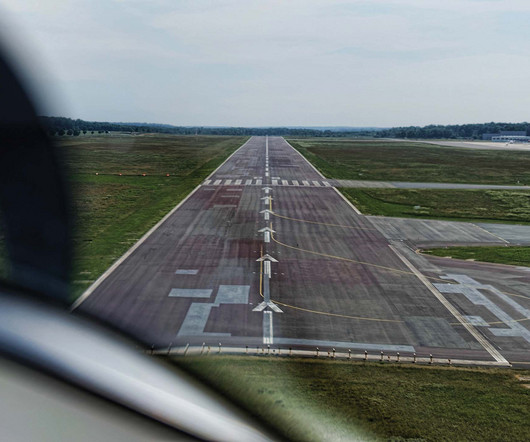

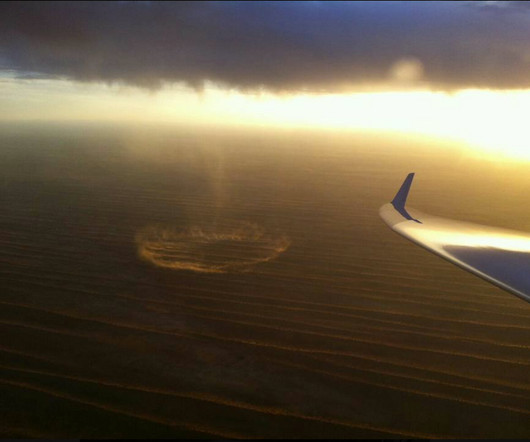






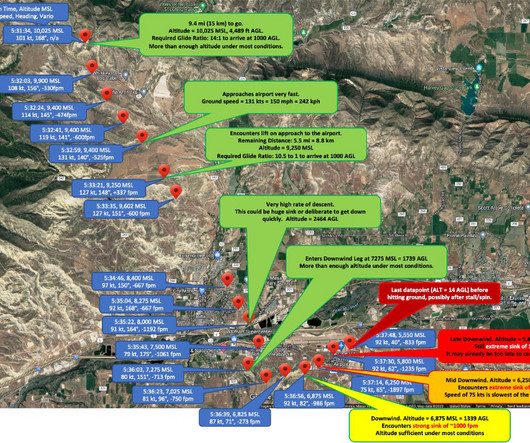


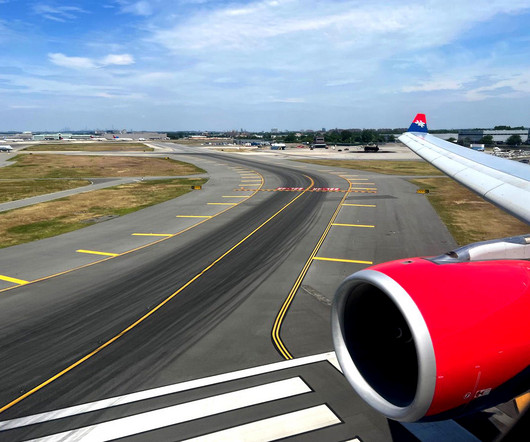








Let's personalize your content